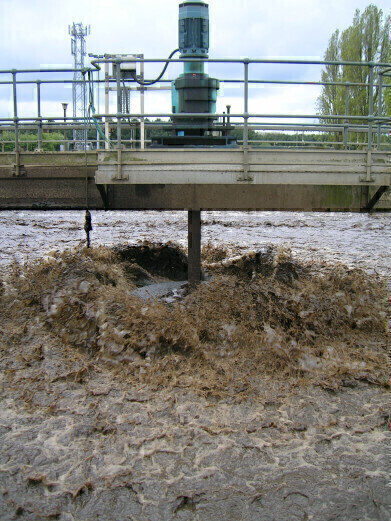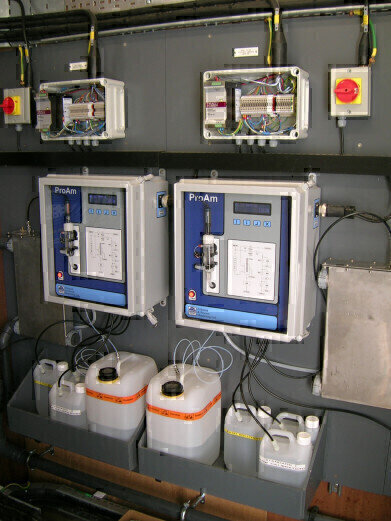Water/Wastewater
Making the Correct Water Quality Instrument Selection
Nov 07 2011
With increasing legislation, performance related targeting and the need for continual improvement, no one can dispute the continued need to automate waste-water treatment processes and monitor final effluent quality. However, the correct instrument selection is absolutely vital to optimise treatment, reduce energy usage, minimise chemical consumption and make treatment processes more efficient.
Whilst correct process control is crucial, the ability to monitor final effluent quality, to demonstrate compliance to imposed consents, is also extremely important. When OFWAT negotiates pricing in the UK, past performance is critical thus impacting upon the future funding and indeed the profitability of any given Water Company.
Consequently, the data generated by on-line water quality analysers for critical parameters can have a very significant impact. After all, mis-information is probably worse than none at all.
One of the most important water quality measurements is ammonia. The biological treatment process known as nitrification, is used to remove harmful ammonia from sewage which is toxic to fish and can harm aquatic environments. Continuous on-line measurement of ammoniacal-nitrogen allows site operators to assess the treatment process and take proactive decisions to maintain compliance, to site specific consent concentrations.
The Proam ammonia monitor, manufactured by Pollution & Process Monitoring (UK), is a proven design and has many advantages over contemporary instruments. The instrument self-validates the reported data against known calibration standards and produces diagnostic information including outputs to telemetry. Diagnostic information is vitally important if users are to have confidence in the reported data.
Historically, too many false negative alarms from analytical instruments that were not fit for purpose, have caused operators to ignore real positive events, to their own detriment. Good advice should therefore stress the need, to select analysers that are obviously designed for the intended application; with a proven track record and of a design which incorporates a number of key features.
For example, remote telemetry monitoring and reliable process automation require on-line instrumentation to identify when a sensor failure occurs. Instruments should not fail without diagnostic indication and certainly not when the device fails low i.e. under-reports concentration.
Consideration must also be given to the complete installation, which may include sample delivery, preparation, and the correct instrument installation. Too many occurrences of poor installation have undermined the correct instrument selection.
With increasing pressures to reduce the cost of making the installation of these assets, the trick will be to assess how best to complete a cost effective installation without compromising quality. Once again this is where a proven track record, knowledge and experience, can pay dividends.
For further information on how PPM can support your operational needs, please contact:
Steven Tuck
Pollution & Process Monitoring Ltd
Tel: 01732 882044
Fax: 01732 780190
TOC@pollution-ppm.co.uk
www.pollution-ppm.co.uk
Digital Edition
AET 28.2 April/May 2024
May 2024
Business News - Teledyne Marine expands with the acquisition of Valeport - Signal partners with gas analysis experts in Korea Air Monitoring - Continuous Fine Particulate Emission Monitor...
View all digital editions
Events
Jul 30 2024 Jakarta, Indonesia
China Energy Summit & Exhibition
Jul 31 2024 Beijing, China
2024 Beijing International Coal & Mining Exhibition
Aug 07 2024 Beijing, China
IWA World Water Congress & Exhibition
Aug 11 2024 Toronto, Canada
Aug 25 2024 Stockholm, Sweden and online










.jpg)








